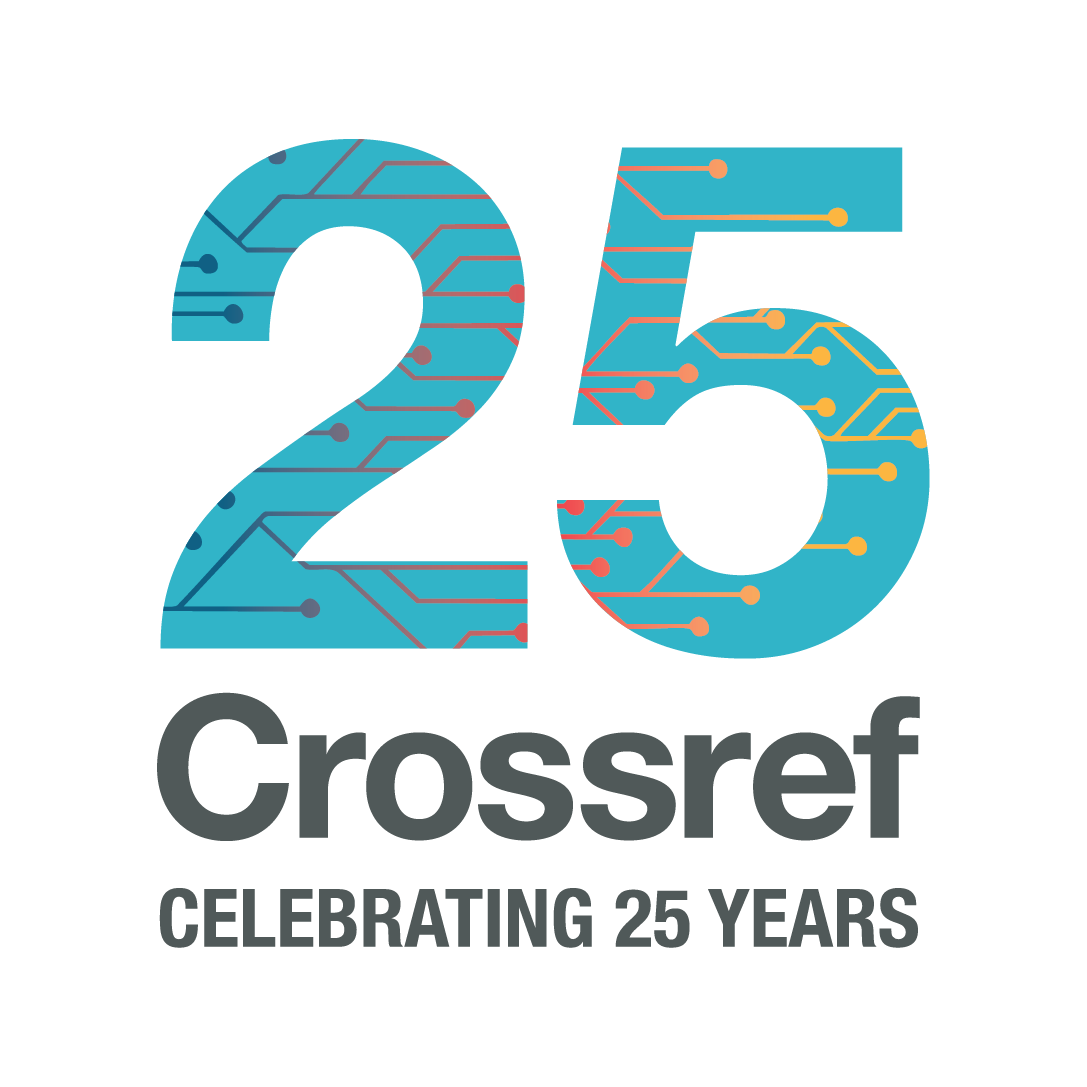Datasets markup guide
This guide gives markup examples for members registering datasets by direct deposit of XML. It is not currently possible to register the datasets record type using one of our helper tools.
Dataset records capture information about one or more database records or collections. Dataset deposits do not contain the entire database record or collection, only descriptive metadata. The metadata can include:
- Contributors: the author(s) of a database record or collection
- Title: the title of a database record or collection
- Date (within
<database_date>): the creation date, publication date (if different from the creation date), and the date of last update of the record - Record number or other identifier (within
<publisher_item>): the record number of the dataset item. In this context, <publisher_item> can be used for the record number of each item in the database - Description (within
<description>): a brief summary description of the contents of the database - Format: the format type of the dataset item if it includes files rather than just text. Note the
format element here should not be used to describe the format of items deposited as part of the component_list - Citations (within
<citation_list>): a list of items (such as journal articles) cited by the dataset item. For example, dataset entry from a taxonomy might cite the article in which a species was first identified.
The dataset_type attribute should be set to either record or collection to indicate the type of deposit. The default value of this attribute is record.
Constructing dataset deposits
<database> is the container for all information about a set of datasets. The top-level database may be a functional database or an abstraction acting as a collection (much like a journal is a collection of articles). Individual dataset entries are captured within the <dataset> element.
Datasets that aren’t datasets
The database record type is often used to capture metadata for items that do not fit into our currently defined record types. This may include online collections, videos, archives, and other items that aren’t cited or presented as articles, books, reports, or other defined types of content. Learn more about our supported record types.
Example of a database deposit containing several datasets
Review the sample below or download an XML file from our GitLab repository.
<doi_batch xmlns="http://www.crossref.org.turing.library.northwestern.edu/schema/4.3.7" xmlns:xsi="http://www.w3.org/2001/XMLSchema-instance" version="4.3.7" xsi:schemaLocation="http://www.crossref.org.turing.library.northwestern.edu/schema/4.3.7 http://www.crossref.org.turing.library.northwestern.edu/schemas/crossref4.3.7.xsd">
<head>
<doi_batch_id>2006-03-24-21-57-31-10023</doi_batch_id>
<timestamp>20060324215731</timestamp>
<depositor>
<depositor_name>Sample Master</depositor_name>
<email_address>support@crossref.org</email_address>
</depositor>
<registrant>CrossRef</registrant>
</head>
<body>
<database>
<database_metadata language="en">
<titles>
<title>NURSA Datasets</title>
</titles>
<institution>
<institution_name>Nuclear Receptor Signaling Atlas</institution_name>
<institution_acronym>NURSA</institution_acronym>
</institution>
<doi_data>
<doi>10.1621/NURSA_dataset_home</doi>
<resource>http://www.nursa.org/template.cfm?threadId=10222</resource>
</doi_data>
</database_metadata>
<dataset dataset_type="collection">
<contributors>
<person_name contributor_role="author" sequence="first">
<given_name>D</given_name>
<surname>Mangelsdorf</surname>
</person_name>
</contributors>
<titles>
<title>
Tissue-specific expression patterns of nuclear receptors
</title>
</titles>
<doi_data>
<doi>10.1621/datasets.02001</doi>
<resource>
http://www.nursa.org/template.cfm?threadId=10222&dataType=Q-PCR&dataset=Tissue-specific%20expression%20patterns%20of%20nuclear%20receptors
</resource>
</doi_data>
</dataset>
<dataset dataset_type="collection">
<contributors>
<person_name contributor_role="author" sequence="first">
<given_name>R</given_name>
<surname>Evans</surname>
</person_name>
</contributors>
<titles>
<title>Circadian expression patterns of nuclear receptors</title>
</titles>
<doi_data>
<doi>10.1621/datasets.02002</doi>
<resource>
http://www.nursa.org/template.cfm?threadId=10222&dataType=Q-PCR&dataset=Circadian%20expression%20patterns%20of%20nuclear%20receptors
</resource>
</doi_data>
</dataset>
</database>
</body>
</doi_batch>
How to access data & software citations
Crossref and DataCite make the data & software citations deposited by Crossref members and DataCite data repositories openly available for use for anyone within the research ecosystem (funders, research organisations, technology and service providers, research data frameworks such as Scholix, etc.).
Data & software citations from references can be accessed via our Event Data API. Citations included directly into the metadata by relation type can be accessed via our APIs. We’re working to include these relation type citations in the Event Data API as well, so that all data citations will be available via one source.
Scholix Participation
The goal of the Scholix (SCHOlarly LInk eXchange) initiative is to establish a high-level interoperability framework for exchanging information about the links between scholarly literature and data. Crossref members can participate by sharing article-data links by including them in their deposited metadata as references and/or relation type as described above. You don’t need to sign up or let us know you’re going to start providing this information, just start to send it to us in your reference lists or in the relationship metadata.
If the reference metadata you are registering with us uses either Crossref or DataCite DOIs, the linkage between the publications/data is handled by us - nothing more is needed.
If the data (or other research objects) uses DOIs from another source, or a different type of persistent identifier, then you need to create a relationship type record instead. This method also allows for the linkage of other research objects.
Scholix API Endpoint
The Event Data service implements a Scholix endpoint in the API. A subset of relevant Events (from the ‘crossref’ and ‘datacite’ sources) is available at this endpoint. The filter parameters are the same as specified in the Query API. The response format uses the Scholix schema.




